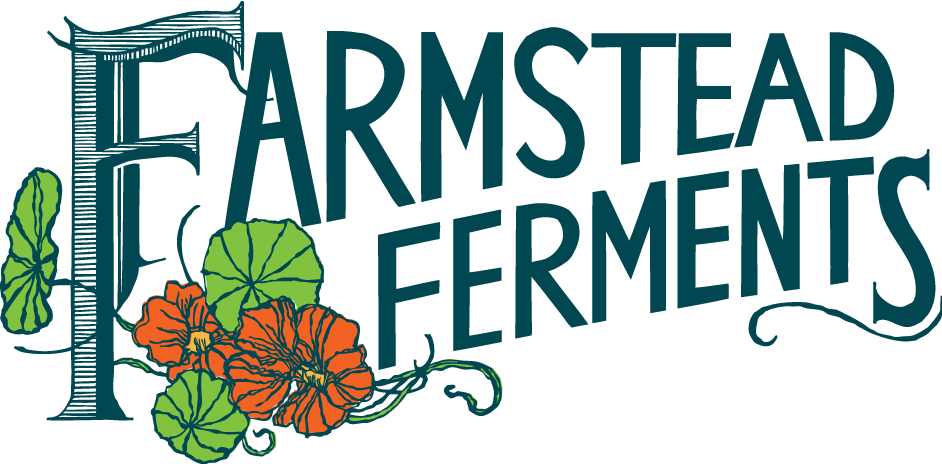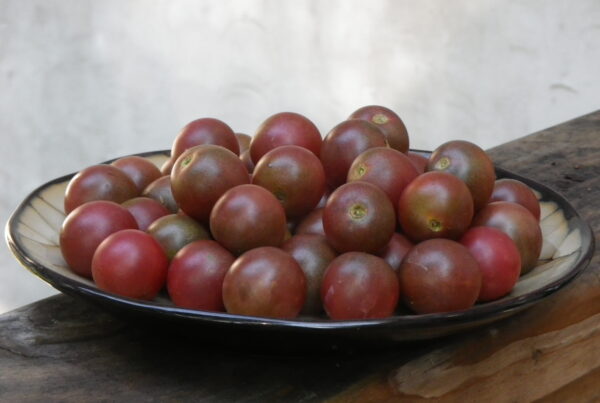American Rescue Plan
Help for Farmers of Color, Local Food Systems, and Food-insecure Families
The $1.9 trillion Covid-19 relief bill recently signed into law by President Biden takes substantial and historic steps toward relieving poverty and hunger in the US, as well as addressing racial equity in the food and agriculture system. Three key aspects include:
- Debt relief for Black, Indigenous, Latinx, and other minority farmers. The package integrated many of the provisions of the Warnock Emergency Relief for Farmers of Color Act summarized in the February e-newsletter. National Sustainable Agriculture Coalition (NSAC) posted a blog on this historic support for farmers of color.
- Food and Farm Systems Infrastructure Funding, including “grants and loans to small or midsized food processors or distributors, seafood processing facilities and processing vessels, farmers markets, producers, or other organizations to respond to coronavirus, including for measures to protect workers against COVID–19.”
- Additional Food Box funding to support “the purchase and distribution of food and agricultural products, including seafood, fresh produce, dairy and meat products to individuals in need.
Regarding the infrastructure and food box funding, the USDA has opened comment periods for public input on how these funds are administered and delivered. While the listening sessions have already taken place, the USDA is accepting written public input until March 30. To make comments on these programs, see USDA questions and directions for written input on the Food and Farm Systems Infrastructure and the Additional Food Box funding.
Conservation Stewardship Program remains Open for Signup
Closing date for 2021 season in Virginia is April 30
Would you like to improve the resilience and environmental impact of your farming operation? Are you seeking to improve soil health, crop rotations, or grazing practices, or want to develop a comprehensive whole farm conservation plan and need a financial hand-up to do so? The Conservation Stewardship Program (CSP) may be for you. Organic growers can apply to a separate funding pool for CSP funding. See the NSAC Farmers Guide to CSP, updated in November, 2020 for in-depth information about this program.
To submit your initial application (a simple three-page form) for a CSP contract to begin in the 2021 season visit the NRCS Virginia website or contact your local NRCS field office.
Special note: while the CSP has been under attack in recent years, the Biden Administration considers the CSP a key tool to help farmers and society as a whole deal with climate disruption. NSAC has explored opportunities opened by this new White House interest in CSP.
Conservation Reserve Program
Open for Signup through the 2021 Season
Do you have some highly erodible or otherwise ecologically fragile land that you would like to take out of production and return to native vegetation or other conservation plantings – but cannot quite afford to do so? The USDA Conservation Reserve Program (CRP) pays farmers and landowners annually for 10 – 15 years to set aside land in grassland or forest cover. Doing so can help producers retain soil, protect water quality, sequester carbon, and improve the overall resilience of their farming or ranching system. One CRP sub-program, the Continuous Conservation Reserve Program (CCRP) allows you to take part of a field out of production, for example to perennialize the steepest and most erodible part of the field, or to install a riparian buffer to protect a nearby stream.
Seeking to expand acreage enrollment in the CRP (which hit a low point in 2020), the USDA has removed the Feb 12 deadline for 2021 and will continue to accept CRP applications throughout the year. Learn more about this valuable program at a recent NSAC CRP blog post.
Farmers’ Guide to the Value-Added Producer Grants Program
Recently the USDA announced no less than $76 million in funding for the Value Added Producer Grants Program, with ten percent of funding set aside for beginning, veteran, BIPOC, and other historically underserved producers. NSAC has just released its new and updated Farmers’ Guide to VAPG. Studies by the USDA Economic Research Service confirmed that this program can play a critical role in helping producers get new value-added enterprises off to a successful start – so check it out!
Other National Sustainable Agriculture Coalition (NSAC) News
- The Food Safety Outreach Program (FSOP) has opened grant applications for projects to help farmers and small food businesses improve food safety and meet requirements of the Food Safety Modernization Act (FSMA). Community-based and non-governmental organizations are encouraged to apply. Deadline for applications is April 1.
- A new, bipartisan Farm to School Act of 2021 has recently been introduced to expand USDA Farm to School Grant mandatory funding to $15 million per year and to design the program to help communities and school systems “build back” more equitably in the wake of the pandemic by focusing on racially diverse and high-need student populations and engaging beginning, veteran, and historically underserf
- NSAC has announced its campaign priorities for USDA policy and program funding for 2021. Climate change in agriculture, covid-19 pandemic response, and increased funding for the Sustainable Agriculture Research and Education (SARE) program head the list.
- Energy and momentum to address the climate crisis is building under the Biden-Harris Administration, with growing support in the agricultural sector and on Capitol Hill for engaging farmers as part of the solution. A lot of the attention is focused on “carbon markets” that purport to pay farmers for sequestering carbon through cover crops, reduced tillage, and other soil-restoring practices. However, NSAC advocates a more holistic approach including strengthening the Conservation Stewardship Program and other USDA conservation and research programs.
- The USDA has issued a weak rule regarding “undue preferences” in contract livestock and poultry agriculture, which NSAC hopes can be replaced with a stronger rule in the near future.






